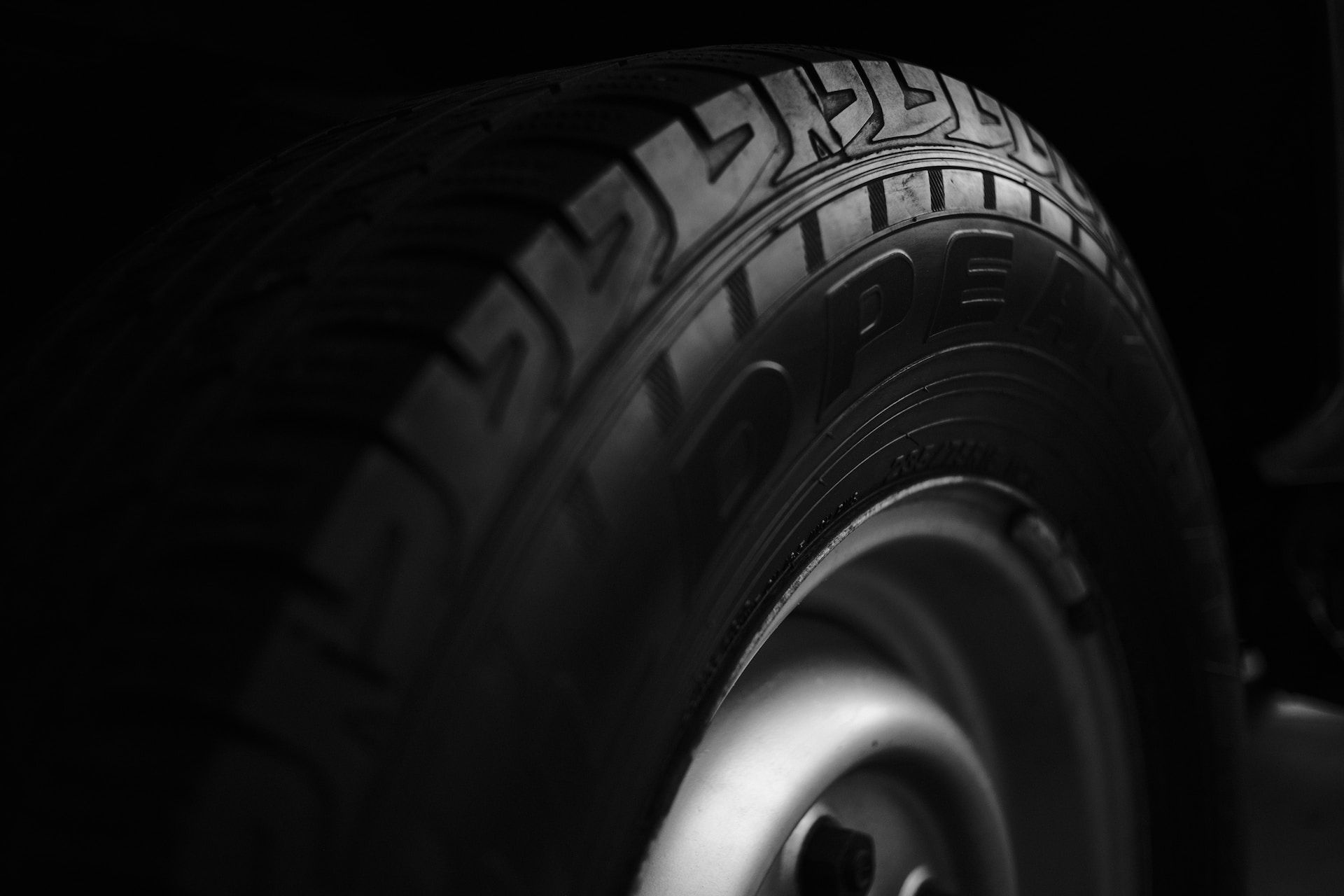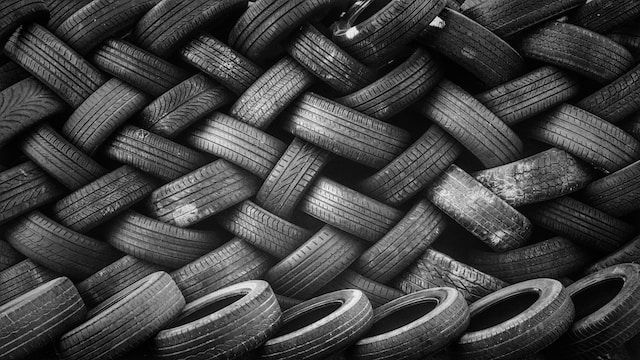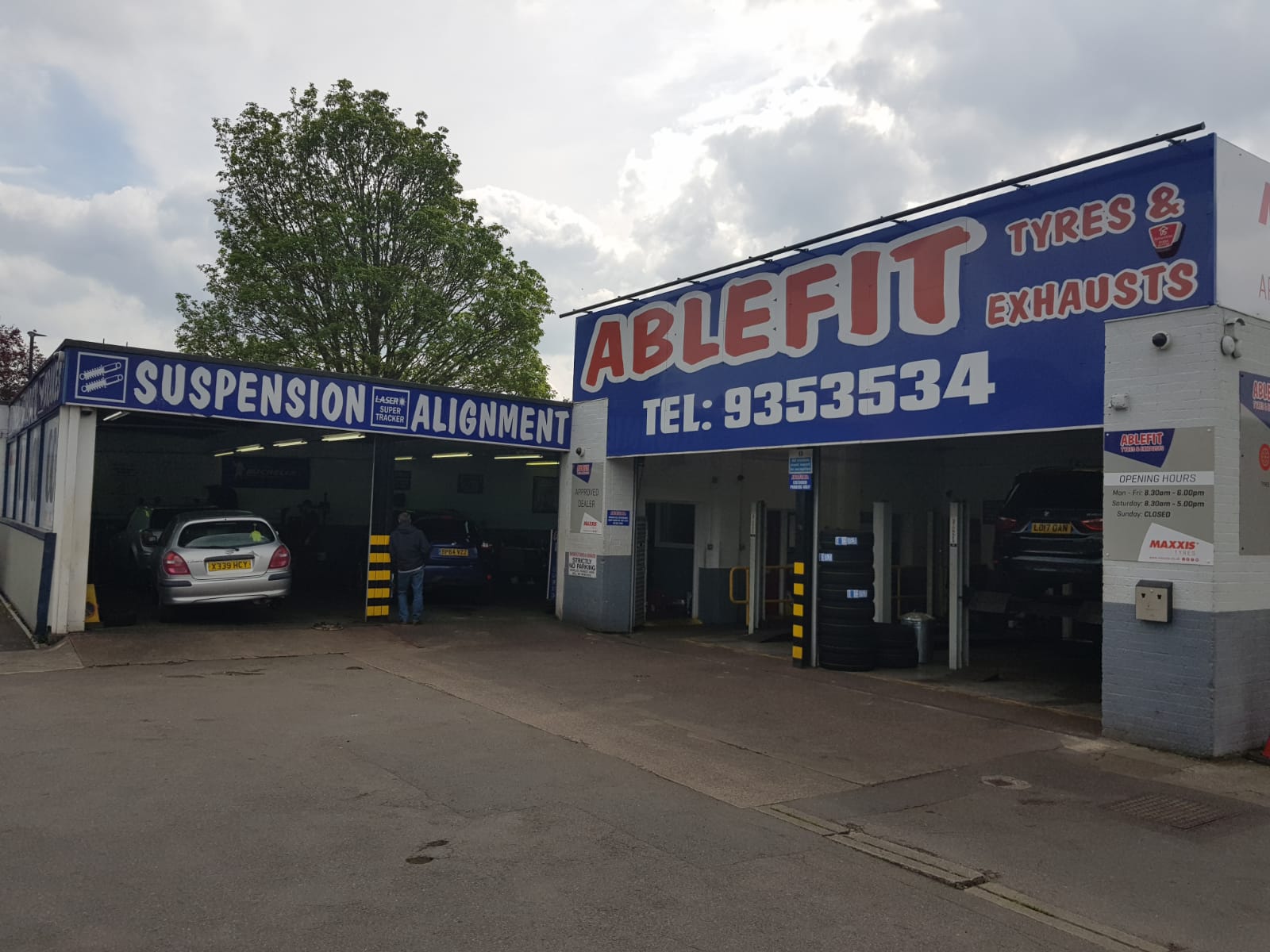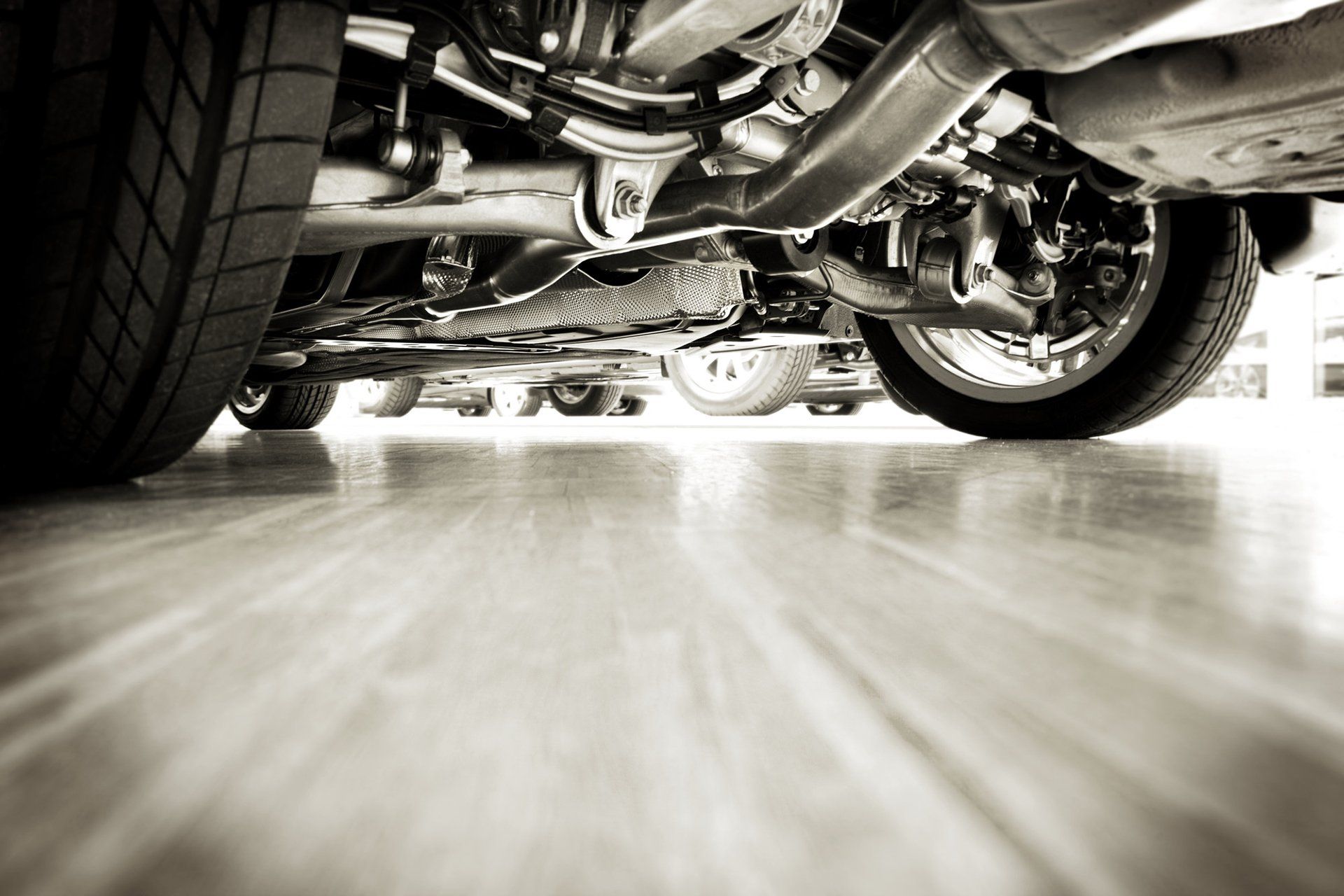Can Hot Weather Affect Car Tyre Pressure?
What to keep in mind when the weather is warmer

Does extremely hot weather affect car tyres? Put simply - yes! Although British summer temperatures don’t soar as high as in some parts of the world, the record flip-flop between almost freezing and sweaty high-20s can seem to happen overnight.
Summer driving makes most of us feel more confident - great visibility and good road surface grip go hand in hand to encourage us to take corners more quickly. But we still rely fundamentally on our tyres for safe driving. We need to feel confident that our tyres can perform when they need to - and how not to overstretch them.
Many people carry out checks on their tyres in the colder months, when faced with regular ice, snow, and gritted roads - but have you considered the checks you should have under your belt to ensure hot weather safety?
In this blog post, we’ll go over what impact heat has on tyres (and the age old question, ‘can car tyres melt in hot weather?’), and how to ensure your tyres are in safe driving condition.
Summer Tyre Safety: it’s a load of hot air!
The key consideration here, which is misunderstood by some, is that it’s not all about the tyres themselves. The tyres aren’t what supports your car; that’s the job of the air inside them.
Cold air contracts, hot air expands. It’s back to science class today! So, if the air inside your tyre expands, your tyres can suffer - and so can your safety and your vehicular performance.
The air in your tyres is usually kept at around 32 pounds per square inch (PSI). A simple rule to remember is that your tyre pressure goes up by 0.1 bar for every 10°C that the outside temperature has increased. That’s the case even when the car is not being driven.
This sounds small, but a 20°C increase in temperature, which is not unheard of in the UK’s unpredictable and fluctuating summers, is a significant increase when you consider that there is only 28-35 PSI in the tyres of a passenger vehicle. That extra pressure can cause your tyre to pop, or ‘blow out’. Even without this extreme outcome, the tyre being over-inflated can cause premature wear and tear, and even interfere with your braking.
Three factors affecting your tyres in the heat:
Friction:
A good deal of friction is created when your tyres move against the tarmac or asphalt surface they’re driven on. Friction too makes heat (adding to the increased heat in the summer), making your tyres even hotter.
Expanding Molecules
he aforementioned compressed air, in your tyres, is of course made up of molecules. When these molecules get warm, they vibrate - that is what causes the air in your tyres to expand.
Tyre Rubber
Different tyres have slightly different chemical make-ups. They are engineered to be a highly tolerant material, with high resistance against heat build-up, abrasion, and cracking. But all materials have a breaking point.
Can car tyres melt in hot weather?
We get asked this question a lot. In British temperatures, the primary considerations to factor in for your summer tyre safety are to do with the fluctuations in air pressure inside your tyres. However, the materials tyres are made up of will likely begin to soften at between 50 and 60°C. Some countries regularly see 50°C, so it is certainly something worth keeping in mind when hiring a car abroad. The temperature a tyre will melt at will depend upon many factors, from the chemical makeup of the rubber used to the tyre’s thickness, and also how long it is exposed to such temperatures.
Black Roads = Heat retention
The black asphalt used on over 95% of British roads can reach temperatures of 50°C, because black is a colour which absorbs heat. The road surface itself will actually begin to soften at this temperature, and it may look as if the road is melting! This increased heat coming from below also increases the heat your tyre is faced with, creating even more air build-up inside your tyres.
Keep your tyres in top condition, year-round
We tend to worry about the tread on our tyres and their state in general as the cooler months arrive. But a regular check of your tyres through the summer is so important, too. The sidewalls can be more likely to damage or puncture through hot summers (and poor road conditions), and a tread depth nearing the legal limit (which is 1.6mm) may well vastly affect your summer safety on the roads. Check your tyre pressure weekly over the summer months.
When should I check my tyre pressure?
Many drivers don’t realise that tyre pressures specified are for ‘cold’ tyres - that means, tyres that haven’t driven more than about 3 miles over the last few hours. If the tyre is warm, the pressure will have increased slightly. It’s rarely advisable to decrease the pressure of a hot tyre - as the tyre may fall below minimum tyre pressure limits when the tyre cools and contracts.
How to spot an overheated tyre
An overheated tyre can be a dangerous tyre. If your tyre blows out, the vehicle will be seriously difficult to control, which could put you in a dangerous situation on the road. If you notice any of the two signs below, stop driving and allow them to cool.
Hot to touch:
(the most obvious sign, which you can check with your hand)
Overinflated:
(use a pressure gauge to check their PSI)
It’s worth remembering that your tyre pressure monitoring system alerts are designed to help you avoid low pressure. They will NOT alert you if your tyre pressure is too high.
How do I know what my tyre pressure should be?
This figure will be in the manufacturer’s vehicle handbook, along with guides to the specific pressures needed depending on whether you’re travelling with minimum load and passengers, or filled to the brim.
If you haven’t got access to the vehicle handbook, there will often be a sticker on the inside door edge, inside the boot, inside the fuel cap cover or in the glovebox, which will tell you this information. Each car will have a different ideal level. Do NOT confuse the recommended level for the maximum level, which is printed onto the car tyre itself.
How to avoid a tyre blow out in hot temperatures
Over the summer in the UK, there are a few things to do to keep your tyres happy:
Make sure they are inflated to the manufacturer’s recommended level.
Find that out in the point above.
Keep a check on your pressure levels.
Check again every two hours of driving, or every 160 km you travel in one go.
If your tyres are hot, pull over.
Pulling off the road and waiting until they cool is the best thing to do when your tyres are overheated.
Always change worn tyres.
An old, or well-used, tyre, is more likely to leak air.
Consider summer tyres.
These are better designed and more efficient in hot weather.
Keep them clean and well looked-after.
Cleaning and treating your tyres with a wax-based product helps them to avoid drying out.
Always observe the speed limit.
You should be doing this anyway, but it is obvious that the higher speeds you travel at, the higher the friction your tyres encounter.
Be aware of your load.
The heavier you’ve loaded up your car, the increased weight you put on the tyres.
Got a question about tyre safety? Get in touch with an expert at Ablefit today to discuss your concerns, and how we can ensure your safety on the roads.









